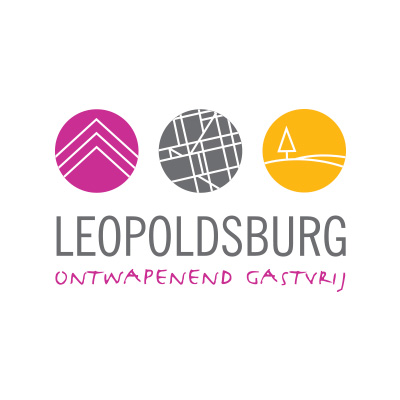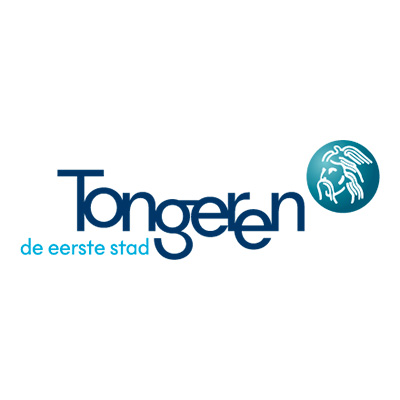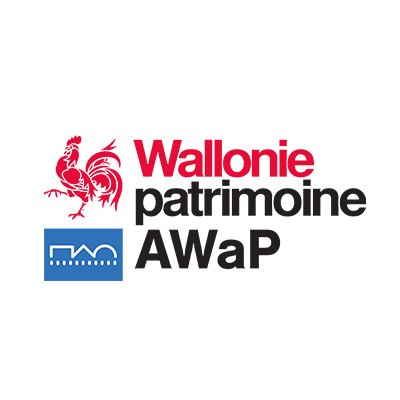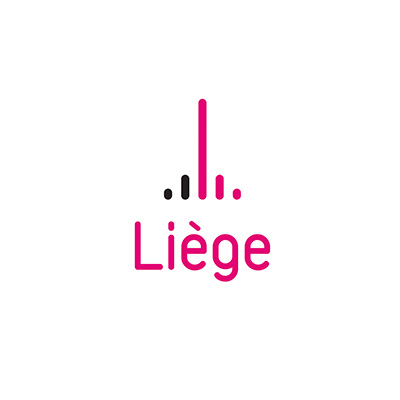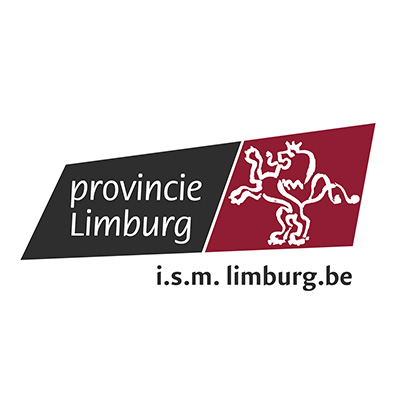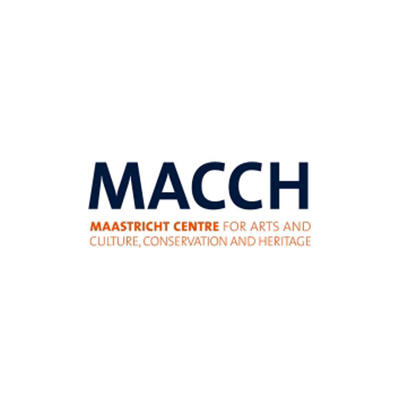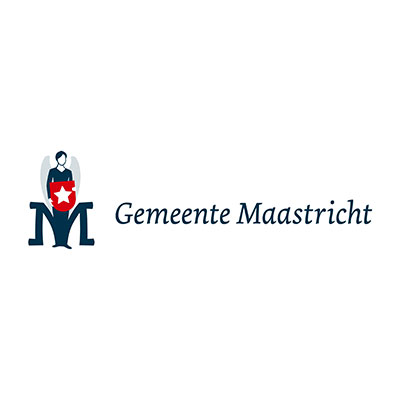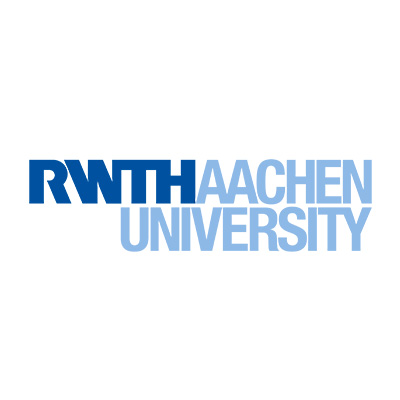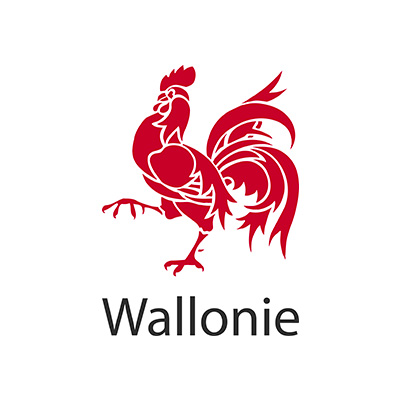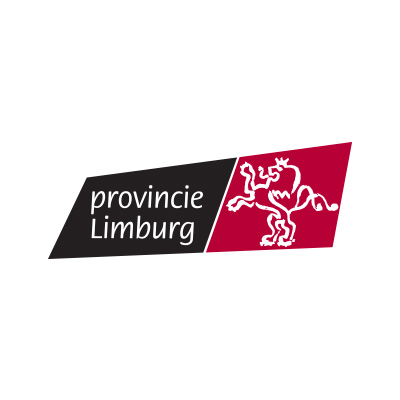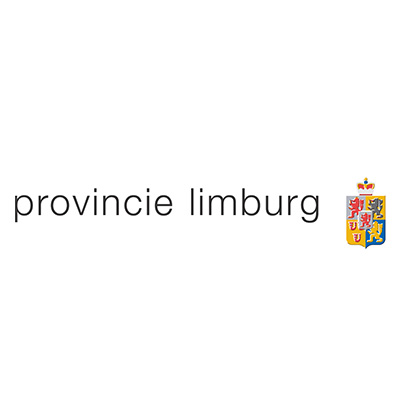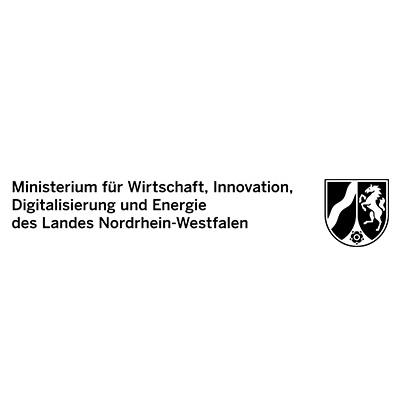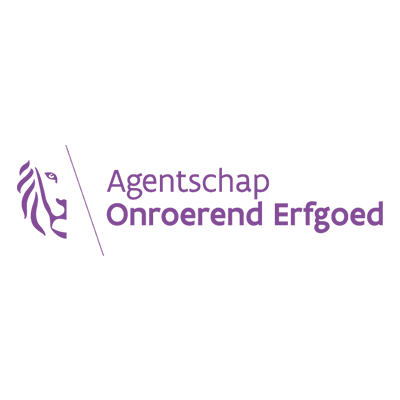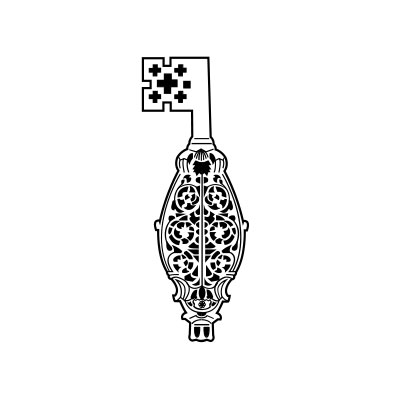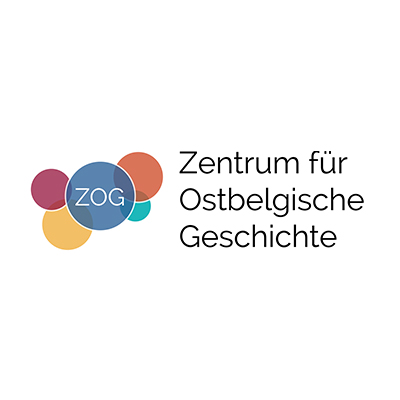Partners
Citadel Museum Jülich (MZJ)
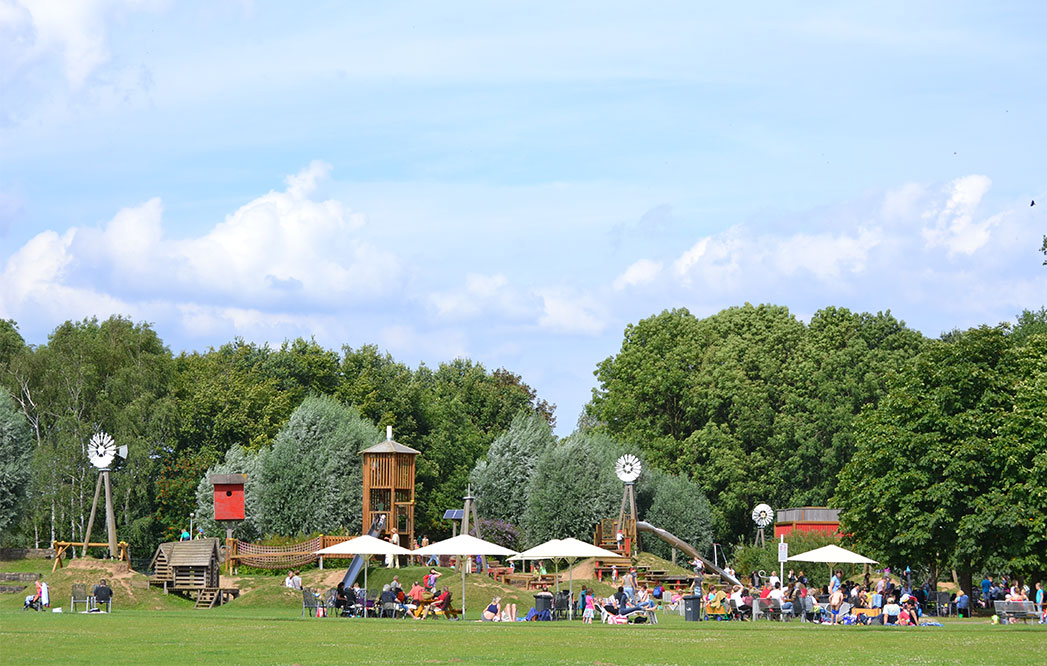
Who are we?
Jülich, founded by the Romans around the time of the birth of Christ, developed into a modern town, residence and fortress in the middle of the 16th century. The ramparts and bastions of the citadel, the town plan and preserved remnants of the town fortifications still bear witness to the present day. The historic east wing of the former ducal castle in the citadel is an outstanding testimony to the architecture of the Italian High Renaissance. The fortifications were continuously extended until the 19th century, especially with a bridgehead bank of the river Roer, constructed during Napoleon’s reign in the Rhineland.
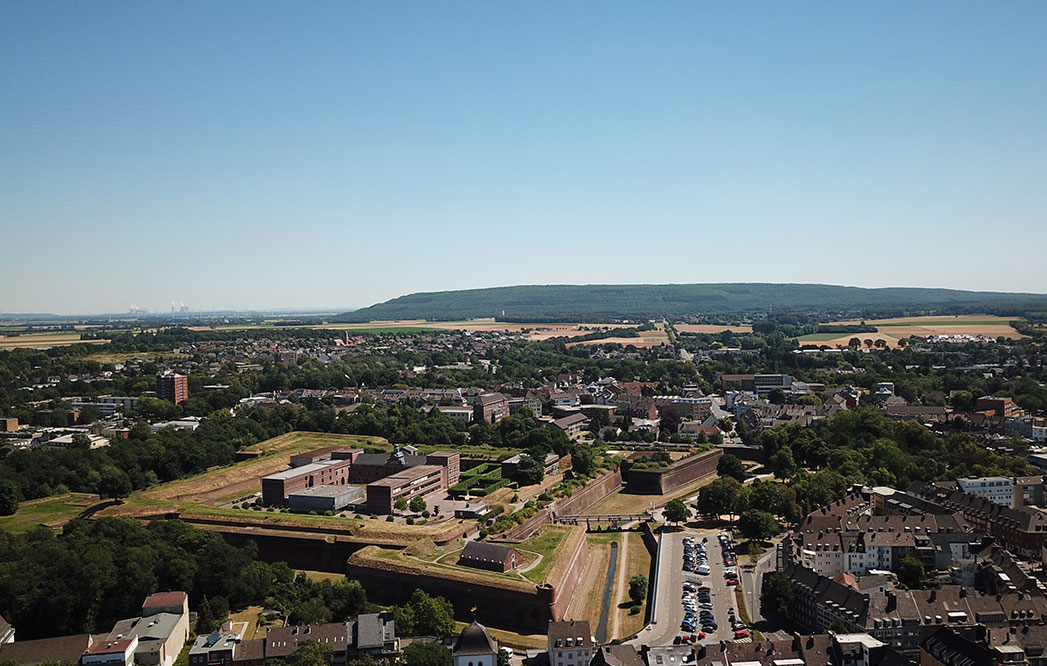
Our expertise
The city of Jülich, site of the world renowned Forschungszentrum Jülich (Jülich Research Centre), the DLR Institute of Solar Research and the FH Aachen Campus Jülich, presents itself as a modern town of research on historic ground. It has increased its efforts in learning about Jülich’s 2000 years of history and presenting it to the public.
We focus on researching Jülich’s place in the network of Roman settlements on the outskirts of the Roman Empire and as a testimony in stone to the influence of the Italian Renaissance in the Holy Roman Empire in the 16th century. The city has become a hub for the research of Renaissance architecture and fortification in the 16th-18th centuries in particular with numerous publications and a specialized research library.


What do we do in the project ?
We will be telling the story of Jülich as a road stop on the Roman Via Belgica, which has linked our region for 2000 years. We will also explore how the Renaissance, coming from Italy, reverberated across the Holy Roman Empire and the Netherlands, particularly in the field of fortification and defense.
On the technical side we will explore possibilities on how to use and data sets already acquired for modern VR and AR applications.
